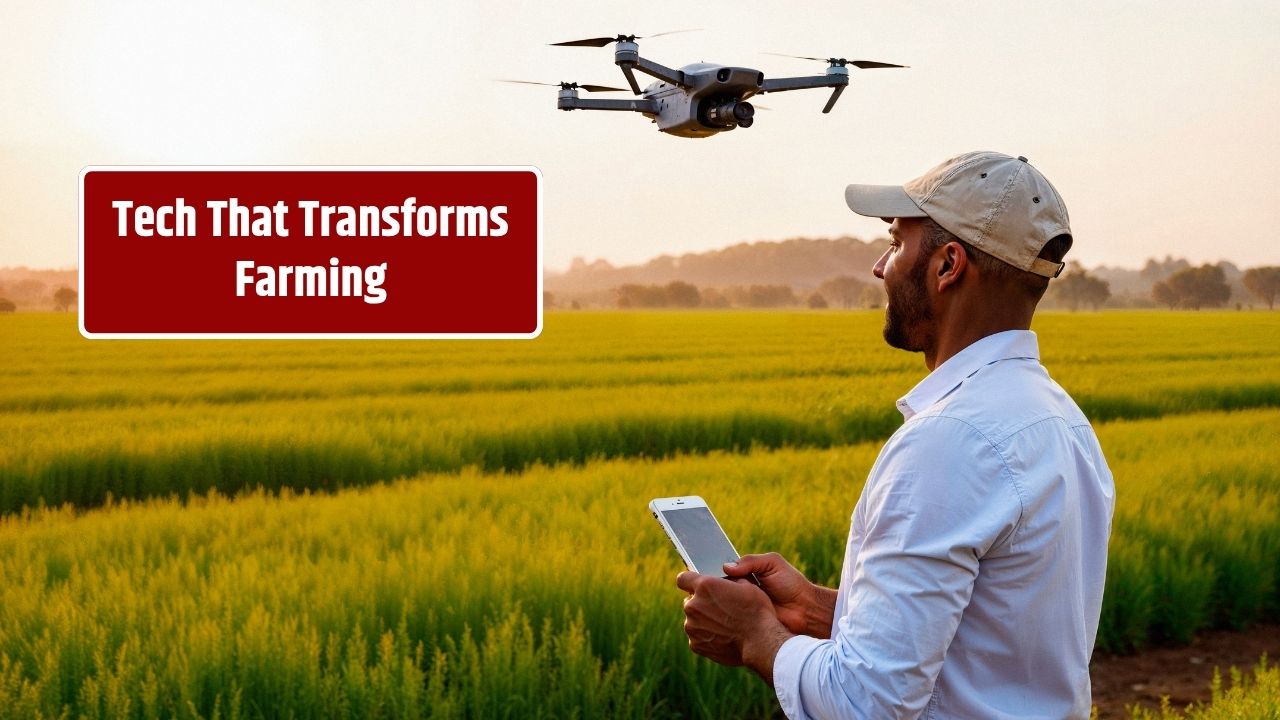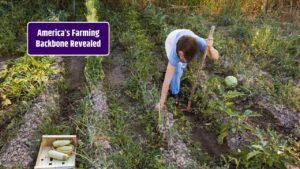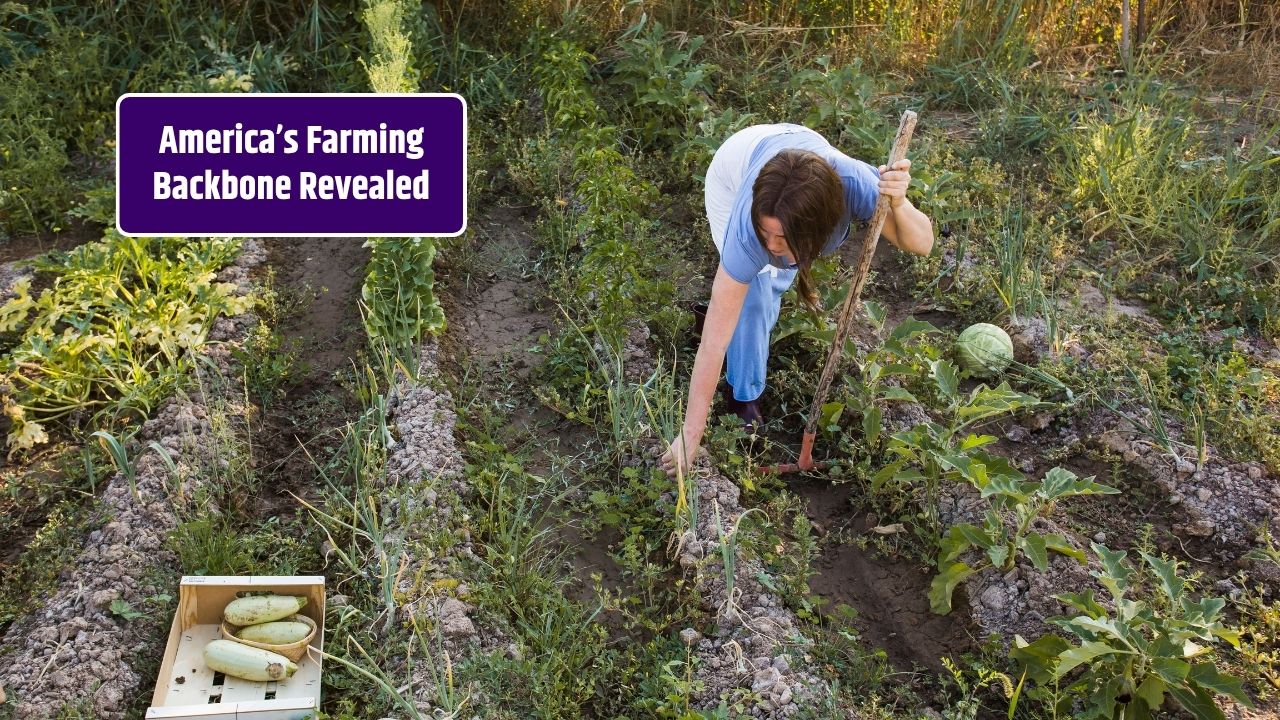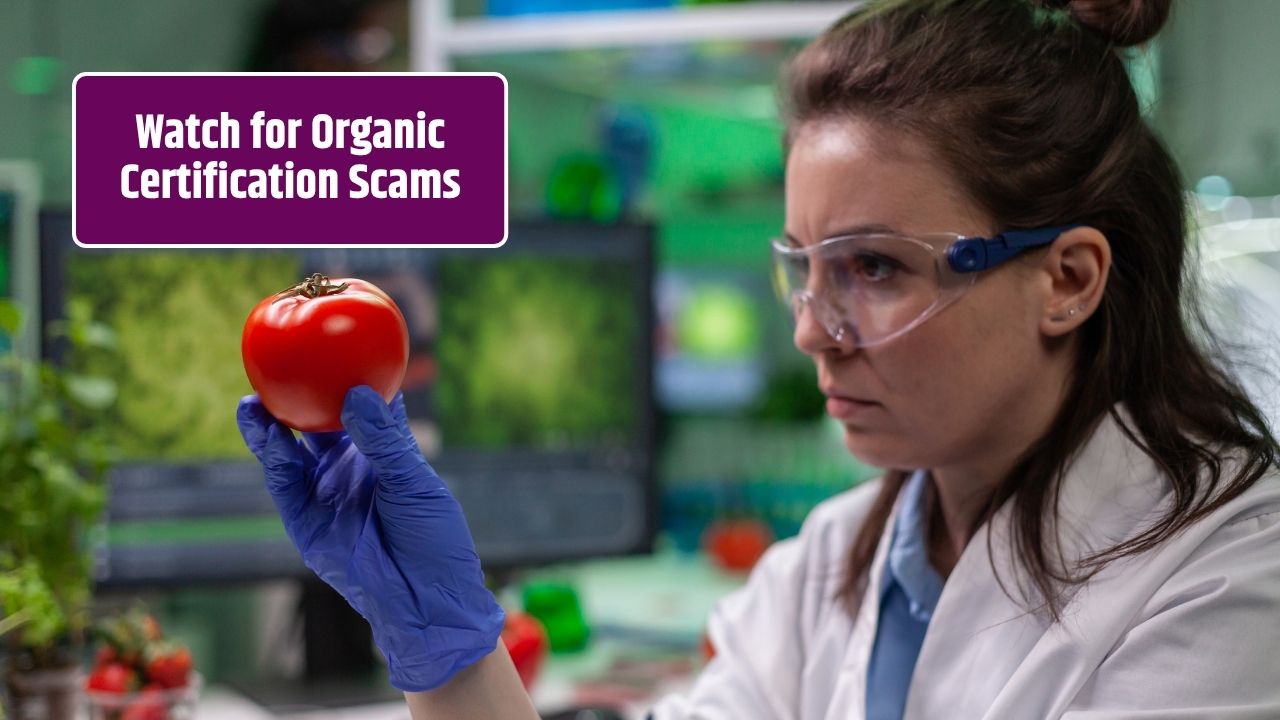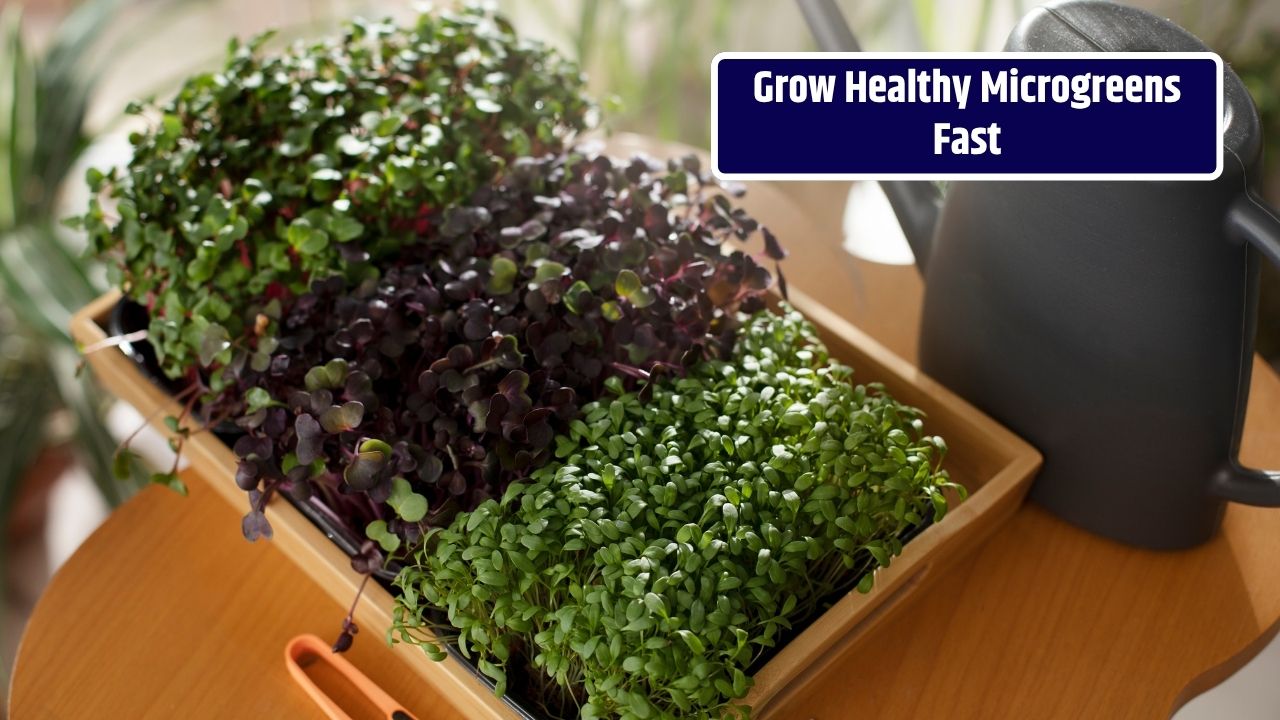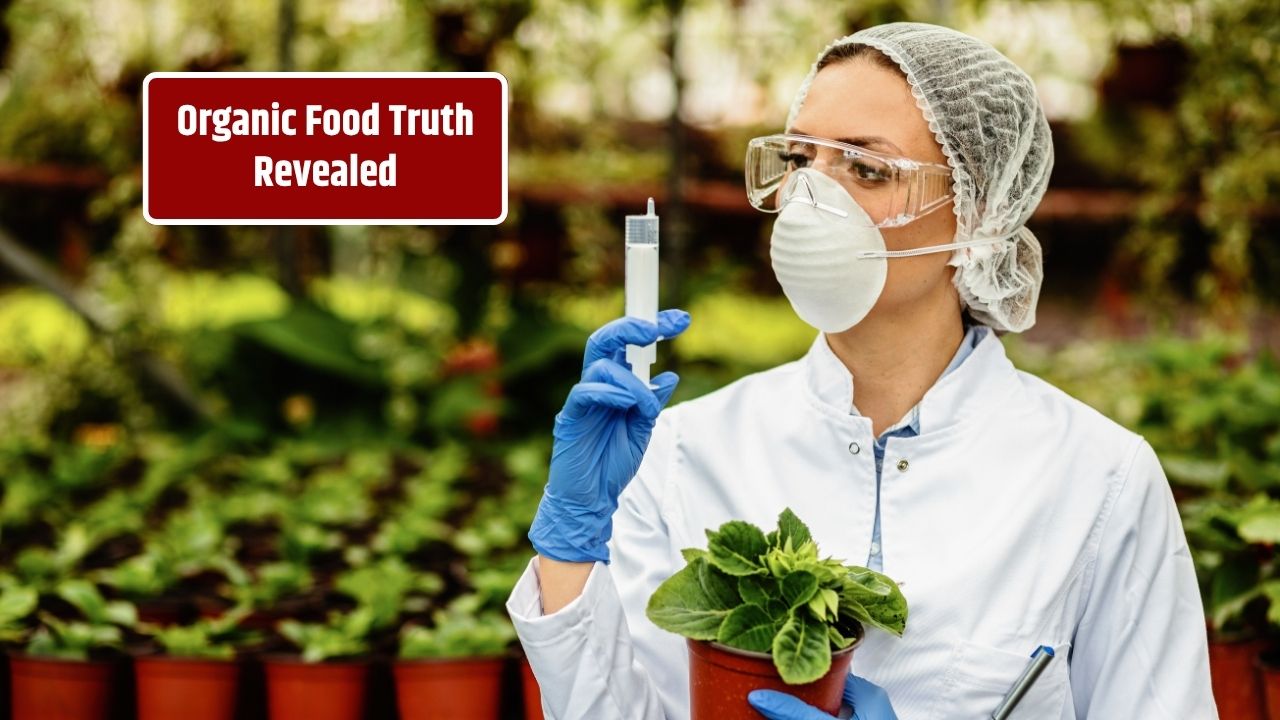Smart farming is transforming agriculture at a rapid pace in 2025. With advanced technologies now deeply integrated into farming operations, the industry is becoming more efficient, sustainable, and data-driven. From drones monitoring crops to AI optimizing irrigation, modern farming is no longer just about tractors and soil—it’s about tech innovation at every step.
Table of Contents
What Is Smart Farming?
Smart farming, also known as precision agriculture, involves using digital technology to improve crop yield, reduce waste, and manage resources more effectively. It combines sensors, automation, artificial intelligence (AI), big data, GPS technology, and robotics to make real-time decisions that benefit both the environment and farm productivity.
Key Technologies Driving Smart Farming
In 2025, several groundbreaking technologies are reshaping how farms operate:
| Technology | Application in Farming |
|---|---|
| Drones & UAVs | Crop surveillance, mapping, spraying |
| AI & Machine Learning | Predictive analytics, crop disease detection |
| IoT Sensors | Soil monitoring, livestock tracking, weather data |
| GPS & GIS Mapping | Precision planting, field mapping |
| Autonomous Machinery | Self-driving tractors, robotic harvesters |
| Blockchain | Supply chain transparency, traceability |
These tools allow farmers to make informed, timely decisions that boost productivity and reduce environmental impact.
Benefits of Smart Farming
The adoption of smart farming practices provides significant advantages:
- Increased Yield: Data-driven decisions help maximize production.
- Resource Efficiency: Smart irrigation and fertilization reduce waste and costs.
- Pest & Disease Control: Early detection systems minimize crop losses.
- Labor Reduction: Automation fills labor gaps and reduces manual tasks.
- Environmental Sustainability: Targeted use of resources lowers the carbon footprint.
How Farmers Are Using Data in 2025
Data is the new crop in agriculture. Farmers collect real-time information from connected devices in the field—everything from soil moisture to crop growth patterns. Advanced analytics and AI then help interpret this data to guide actions like when to plant, where to irrigate, and how to manage livestock.
Cloud-based platforms are now central to farm management. These systems integrate data from drones, weather services, and machinery to deliver actionable insights accessible via smartphones or tablets.
Challenges Facing Smart Farming
While the future looks bright, there are still hurdles:
- High Upfront Costs: Advanced equipment and software can be expensive.
- Connectivity Issues: Rural areas may lack the internet infrastructure needed.
- Data Security: Protecting sensitive agricultural data is critical.
- Training Needs: Farmers must learn new tech skills to operate smart tools.
Governments and private companies are investing in rural broadband, education programs, and affordable tech solutions to make smart farming more accessible.
The Future Outlook
Smart farming isn’t a trend—it’s the future of agriculture. As global food demand grows, sustainable and efficient farming practices will be essential. In the next decade, expect even more innovation, including AI-powered livestock management, vertical farming with robotics, and real-time weather-responsive systems.
By 2030, smart farming could be the standard, not the exception, ensuring food security while preserving the planet’s resources.
FAQs
What is the main goal of smart farming?
To optimize agricultural operations using technology to improve yield, reduce waste, and ensure sustainability.
How do drones help farmers?
Drones provide aerial imagery for crop health analysis, help in precision spraying, and assist with land surveying.
Can small farms use smart farming tools?
Yes. While some technologies are costly, more affordable and scalable solutions are emerging for small and medium-sized farms.

